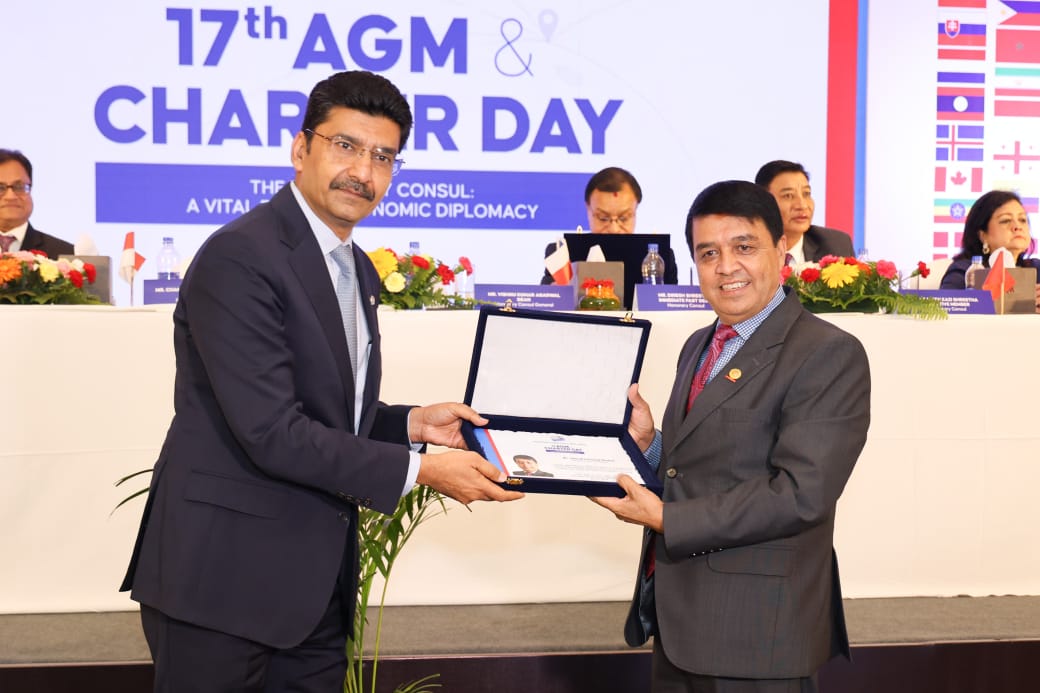Inflation higher in hilly region, says NRB report, Remittance increases

Kathmandu, Oct 31 . The y-o-y consumer price inflation has increased to 3.9 percent in mid-September this year from 3.4 percent in the same period of the previous year. The increase in the price of non-food and services group contributed to a rise in overall inflation in the review period, according to Nepal Rastra Bank.
Making public the current macroeconomic and financial situation of the country based on recent two months’ data of the current fiscal year, the Research Department of Nepal Rastra Bank said the hilly region witnessed relatively higher rate of inflation of 5.0 percent followed by 3.7 percent in Terai, 3.4 percent in mountain and 3.0 percent in the Kathmandu Valley in the review period.
In the same period last year, these regions had seen the inflation rates of 3.4 percent, 3.8 percent, 5.4 percent and 2.8 percent respectively.
Moreover, the y-o-y wholesale price inflation increased 8.7 percent in mid-September from 1.5 percent a year ago. The surge in prices of petroleum products, basic metals, textiles, among others, contributed to the rise in overall wholesale price inflation in the review period.
Merchandise exports increased
The merchandise exports increased 8 percent to Rs.14.7 billion compared to an increase of 3.2 percent in the same period of the previous year.
However, the growth in merchandise imports remained elevated at 38.5 percent to Rs.232.35 billion in the review period compared to an increase of 12.6 percent in the same period of the previous year.
Source-wise, imports from India, China and other countries increased 38.9 percent, 13.2 percent and 55.2 percent respectively in the review period, added the study.
During this period, the exports through Bhairahawa Customs Office, Biratnagar Customs Office, Tribhuvan Airport Customs Office, Mechi Customs Office and Rasuwa Customs Office increased whereas exports from other customs points decreased.
Trade deficit widens
The review period also saw trade deficit further widened to 41.2 percent to Rs.217.65 billion. The export-import ratio declined to 6.3 percent in the review period from 8.1 percent in the corresponding period of the previous year.
Remittance increases
Similarly, the workers’ remittances increased 33.4 percent to Rs.154.20 billion in the review period compared to a growth of 0.7 percent in the same period of the previous year.
However, the number of Nepalese workers outbound for foreign employment decreased 41 percent in the review period. It had decreased 7.2 percent in the same period last year. In the review period, the number of workers outbound to Malaysia shrank significantly.
The overall balance of payment remained at a deficit of Rs.25.45 billion in the review period compared to a deficit of Rs.5.87 billion in the same period last year. The NRB further stated that the country received capital transfer amounting to Rs. 2.80 billion and foreign direct investment inflows of Rs.1.23 billion.
The gross foreign exchange reserves stood at Rs.1117.46 billion as at mid-September, an increase of 1.3 percent from Rs.1102.59 billion as at mid-July 2018.
The Nepali currency vis-à-vis US dollar depreciated 4.6 percent in mid-September from mid-July 2018. It had appreciated 0.6 percent in the same period of the previous year.
In the review period, the budget surplus of Nepal government increased to Rs.55.93 billion in two months of 2018/19 from Rs.19.18 billion in the corresponding period of the previous year, while total government expenditure (cash basis) stood at Rs.66.33 billion. Such expenditure was Rs.72.38 billion in the corresponding period of the previous year.
The report mentioned that NRB mopped up Rs.85.35 billion liquidity through open market operations. Of which, Rs.79.65 billion was mopped up under deposit collection auction and Rs.5.70 billion through reverse repo auction.

"There are mixed results in half-yearly budget progress"

Total government spending amounts to Rs. 667.60 billion in 6 months

"There are promising signs of economic recovery"

Finance Minister Paudel directs to meet revenue target

Suspended Chief Secretary Aryal acquitted in corruption case

Dhakal elected HCCN Dean

Price of salt goes up







Feedback